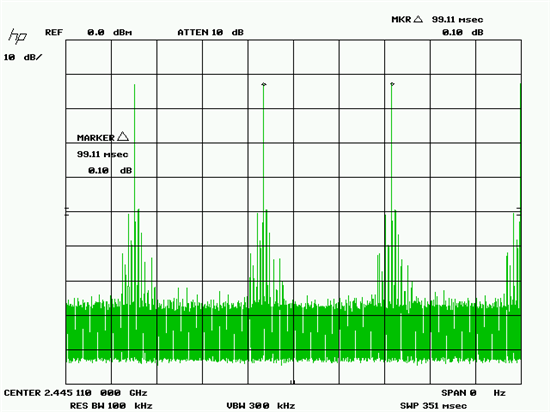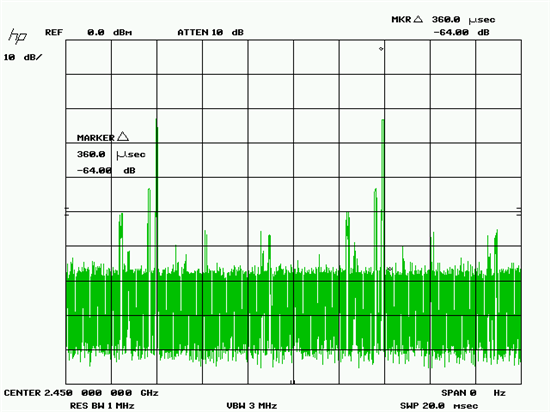Hi,
I was looking for some specific commands to influence the bluetooth functionality for testing purposes. I listed the functionality that I am looking for below. I guess the hcitool can be used for that, but I cannot seem to find the required arbitrary commands to do so. I found the commands in the support pages, like "hcitool cmd 0x3F 0x0184 0x00 0x00 0x00 0x0f 0x00 0x00 0x00 0x00 0x00 0x00 0x00 0x00", which briefly shows some kind of carrier, but not continuously, and I cannot change the frequency.
Required functionality:
1-disable hopping
2-set frequency (or channel)
3-set TX Continuous / Burst
4-set TX power TPC: transmit power control
Does anybody know which commands I need to use?
I am using the omap3evm board from Mistral in combination with the wl1271 daughter board running Android.
Best regards,
Hans



